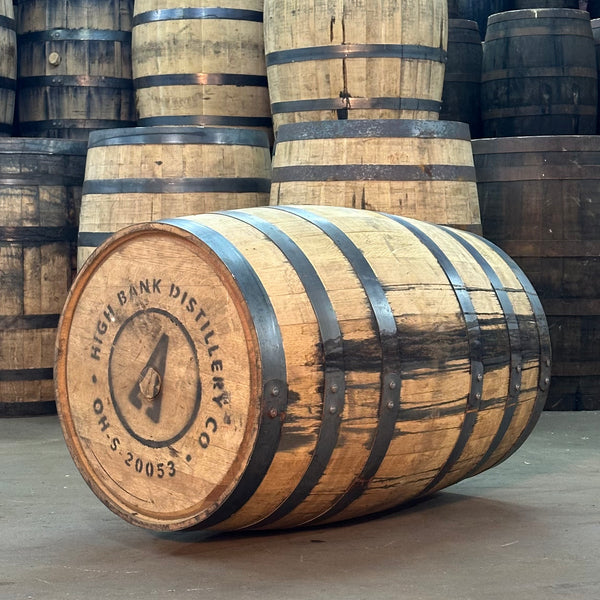Beer is big. In 2019, the average American drank nearly 26 gallons of beer and cider. The American beer industry is worth more than $110 billion dollars, with more than 6,400 separate businesses brewing their own beers.
One drink that is becoming more common is wild fermented beer. Wild fermented beer is similar to regular beer, but it has some important distinctions.
What are those distinctions? What is a wild ale? What food pairs best?
Answer these questions, and you can explore bold and incredible flavors today. Here is your guide.
What Is Wild Fermented Beer?
Wild fermented beer is a distinct kind of drink. Like regular beer, wild fermented beer is made with malt, yeast, and water.
The main difference comes in the type of yeast. Most commercial beers are made with carefully cultivated yeasts. Breweries take care to make sure that the yeasts do not mix with other bacterias or organisms.
Wild fermented beer does not involve such care. They use less-common kinds of yeasts that produce special and unique flavor profiles. Some breweries expose their brew to the outside air, allowing specimens to come in contact with the brew and grow.
The flavors of fermented beer range wildly. For example, beers that use Brettanomyces have funky and spicy flavors. Drinks that use Lacto-bacillis have a soft, pleasant sourness.
Though the brew can acquire different microbes, the drink is safe for consumption. The processes of fermentation produces alcohol and CO2 which kills dangerous bacteria.
The Basics of Wild Fermented Beer
You may hear a couple of different categories of wild ale. Lambics come from Belgium. They develop over years, creating deep flavors and smooth textures.
The term, “American wild ale,” may refer to a wild beer. It is a catch-all name, so read the description of the drink you are buying before purchasing.
Wild ales are distinct from sour ales. While both may have a sour taste, sour ales rely on cultivated yeasts. Breweries do not allow outside substances to enter into them.
Making Wild Fermented Beer
The first step to making wild fermentation beer is to extract the yeast and microbes. Some breweries get very creative. One brewery scrapes strawberries to grab its microflora and then combines them with yeast.
Breweries then allow the yeast and bacteria in the air to mix. The breweries then pour the yeast and bacteria into the wort. Wort is an infusion of mashed grains and sugars. The brew ferments over a long period, usually 12 to 24 months. Most breweries will age the brew in oak barrels. The oak barrels can infuse more flavors into the brew. In addition, the pores of the wood are excellent for harboring yeast. The barrels can be refilled multiple times and yeast in the oak will continue to create a consistent flavor profile.
Once brewed, the beer is bottled and allowed to sit. This gives the drink carbonation.
Serving Wild Fermented Beer
You can drink wild beer just as you do any type of beer. You can drink it cold out of the bottle, or you can serve it in a beer glass.
Try a sample of wild beer before making a purchase. You may find the flavors too strong or eccentric. Sample different beers from different distilleries to get a good sense of the variety of beers there is.
Wild beer pairs well with a lot of different foods. In particular, wild beer does well with fruits and vegetables. Pineapple, melon, and chutney provide sweetness alongside the funkiness of the beer.
Dishes with dried basil and bay leaf also go well. Consider making a stew or sauce with these herbs. Serve it over rice or pasta and pair the dish with a glass of beer.
For proteins, you can look at fish roe or caviar. Since servings of fish roe tend to be small, you should serve only a small amount of beer.
If you want a bigger meal, you can eat liver or a dish with prosciutto. The beer will overpower most poultry and seafood dishes.
Unsurprisingly, wild beer compliments many dishes involving fermentation. Sourdough bread, yogurt, and gorgonzola cheese are perhaps the best foods for wild beer.
You can make a beer and cheese plate. Chop thin slices of gorgonzola, prosciutto, and fruit. Add some crackers to make eating easier.
Then pour yourself a glass of beer. Sample the different foods between sips of your drink.
Wild beer is not good to cook or bake with. If a recipe calls for beer without specifying, use a different kind.
The Best Tools for the Best Beer
Wild fermented beer is sweeping the country. It is a type of beer grown with exotic yeasts and microbes. They contain funky flavors that cannot be obtained through traditional means.
If you want a very strong and bold drink, pick up some wild ale. It has a special fermentation process that produces unique flavors.
Get the tools you need to make great beer. The Northeast Barrel Company provides barrels to breweries for aging their wild fermented beer. Contact us today.







